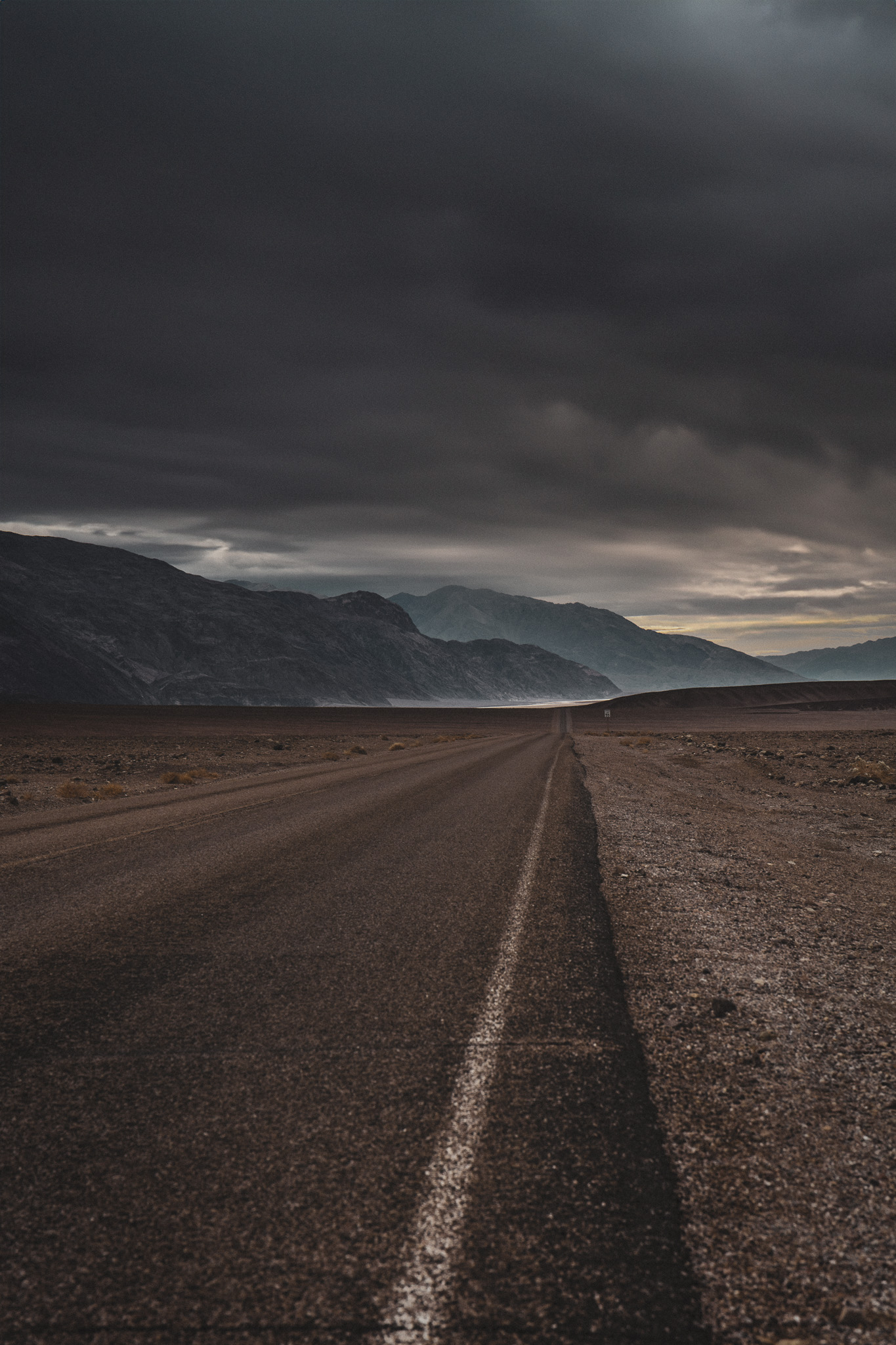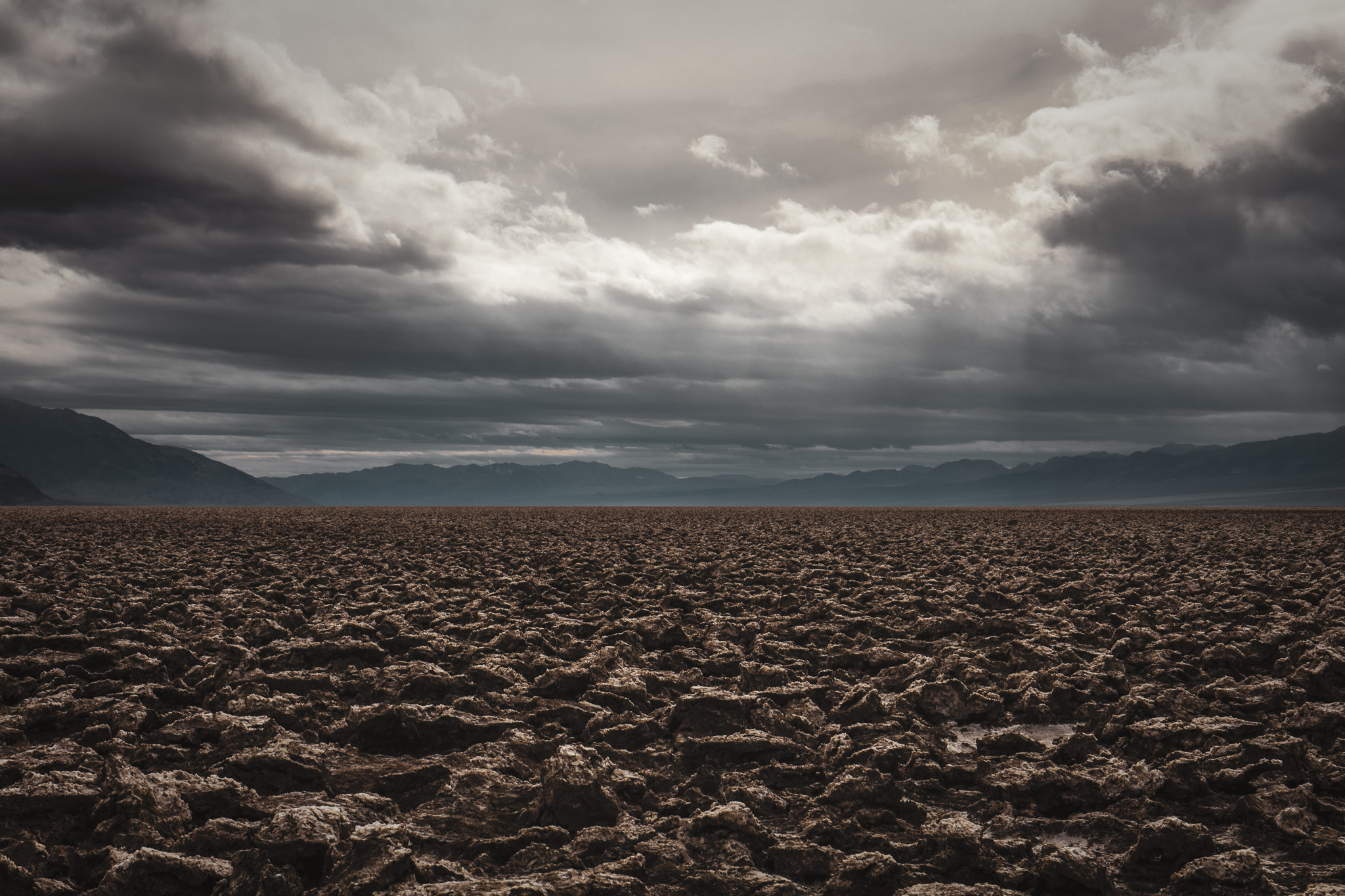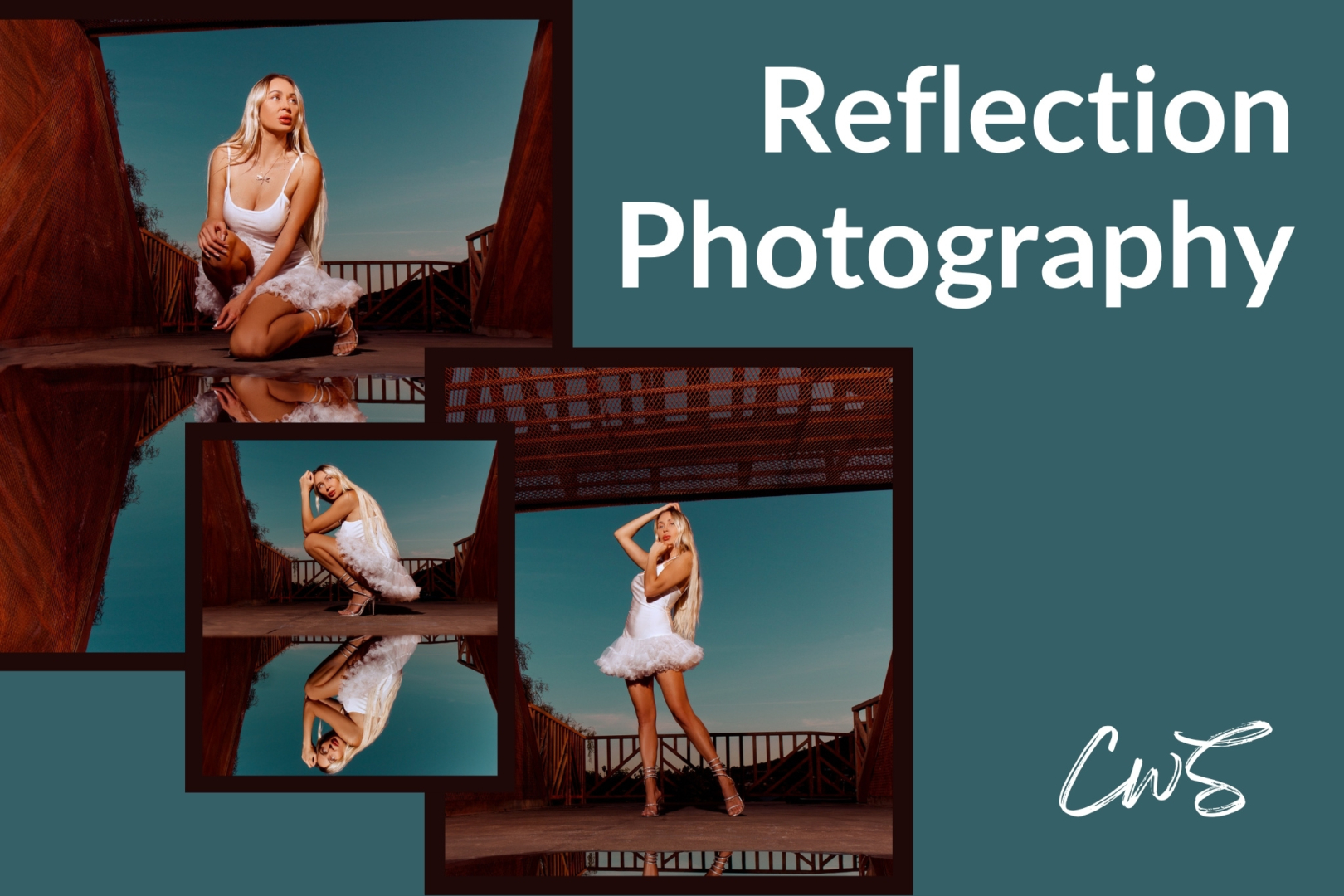The pursuit of capturing a powerful shot is a rewarding challenge and an art called mood photography. In this article, I want to offer valuable insights and inspiration to elevate your photography. During a winter trip to Death Valley, I encountered a thick layer of dark clouds, creating a dramatic sky and great possibilities for some mysterious and moody pictures.
Understanding Mood in Photography

Mood can serve as the initial hook that captures the viewer’s attention, drawing them into the meaning and understanding of your photos. Mood in photography is about leaving a lasting impression, evoking emotional responses, and enhancing the overall atmosphere of the composition. By creating moods, a photographer can elevate their work from good to great.
The Elements of Mood
Creating mood photography involves a balance between essential elements:
- Colors and Tones: In my Death Valley photographs, the moody overcast skies and cool tones create a mysterious scene that inspires introspection. Experimenting with colors and tones can significantly influence the moods your images convey.
- Lighting: During my shoot in Death Valley, the clouds created diffused light, casting an ethereal, soft texture over the desert landscape. Lighting is arguably the most important tool in mood photography.
- Composition: Be strategic in framing to direct attention and guide the eyes to explore the image. Composition is essential for establishing mood in photography.
- Symbolism and Music: Symbolic elements can have a profound impact on the mood of an image, adding another layer to its narrative depth. Want to enhance the mood of your photography? Before heading out, try listening to tracks that can spark creativity and guide your photographic vision.
Enhance Mood in Your Photography
To create mood pictures, consider the following tips:
- Add Intrigue: Use cool tones for mysterious moods.
- Low-Key Lighting: Shadows and highlights can elevate the mood and create dramatic effects.
- Bold Contrasts: Embrace high contrast to add intensity.
- Textures: Textures can significantly add richness and dimension to your photos.
- Explore Perspectives: Experiment from different angles to try different moods within the same scene.
Why Mood Matters?
By understanding mood in photography, you position yourself as an artist who can communicate through relevant work and connect with your audience on a profound level. From advertising and fashion to editorial work, mood photography is a vital element for standing out with a specific message and atmosphere.
A New Way of Seeing

My Death Valley experience allowed me to explore mood photography in its fullest potential. As a photographer, I recognize the unique opportunity to capture the dynamics of the world around us and share those insights with others. By incorporating mood into my photography, I strive to create images that resonate and remain memorable, with my name attached to them.
In a landscape saturated with copies, it’s crucial to understand the elements that can help shape your style and set you apart from the rest. I hope this article inspires you to craft photographs that invite your audience to return to your work time and time again.
With mood and vision,
Sal












Leave a Reply